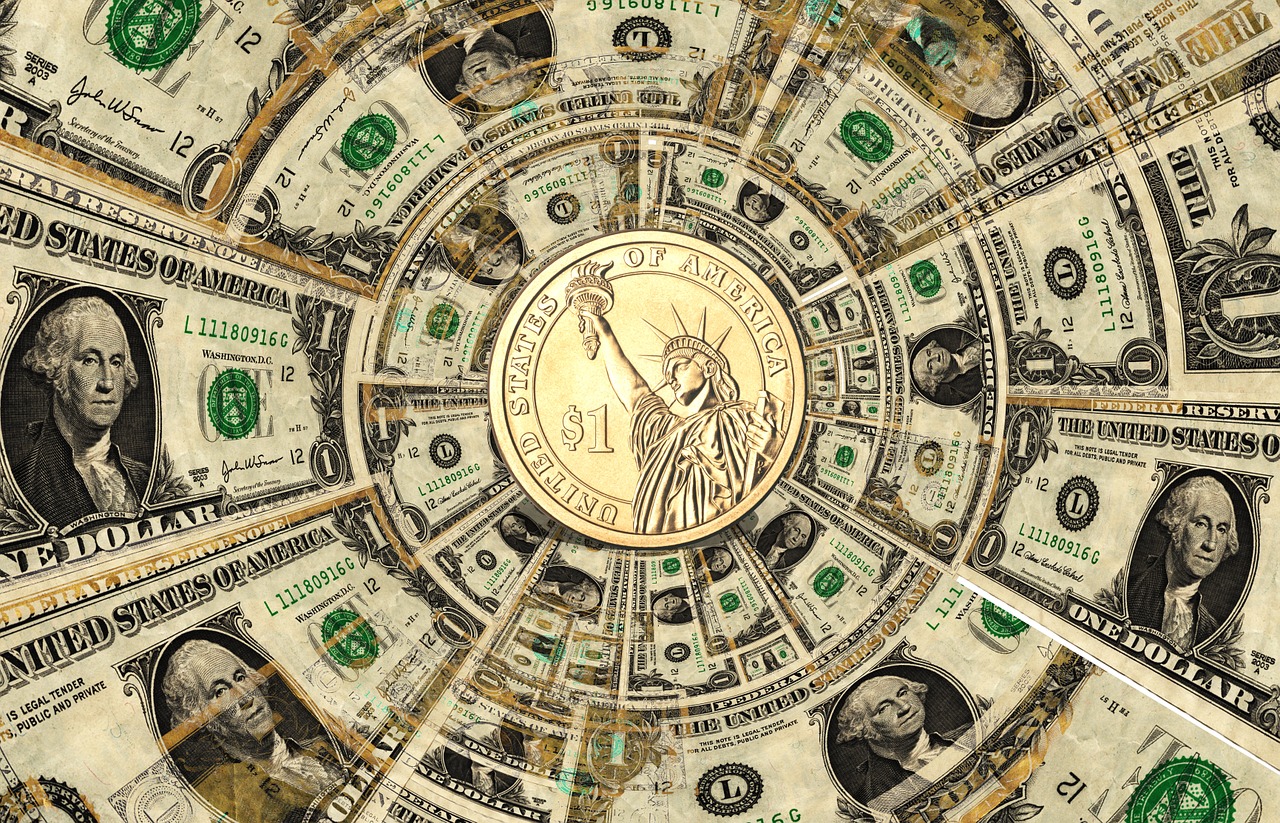On Monday, the safe-haven US dollar recorded gains, after a new batch of economic data from China turned out to be disappointing.
This bolstered worries of a global recession, while the surprise reduction in lending rates by the People’s Bank of China (PBoC) saw the Chinese yuan weaken.
Chinese data
The retail sales, industrial output and fixed investment numbers in China were all below expectations on Monday, indicating that the recovery from COVID-19 lockdowns was faltering.
Market analysts said that the bad economic data from China was likely to fuel concerns about a global recession, given that it is the world’s second-largest economy.
This had also seen the euro declined against the US dollar. The greenback also got some support from the hawkish stance of the policymakers of the US Federal Reserve.
These comments were made in response to early indications that inflation in the US may have finally hit its peak.
On Friday, the President of the Richmond Fed, Thomas Barkin said that they would like to see the inflation stay at the 2% target of the central bank for ‘some time’ before they decided to pull back on rate hikes.
Other currencies
According to market analysts, the euro was once more moving towards parity against the US dollar, after surging in the previous week.
They said that even though inflation had begun to slow down, it was still very early for the US Fed to decide to take its foot off the brake.
The onshore yuan had previously closed at a value of 6.7430, but it came down to 6.7715 against the US dollar, which was a low of one week.
This was primarily because the People’s Bank of China (PBoC) had taken the markets by surprise when it announced a reduction in lending rates for the second time in the year.
Other details
There was a 0.84% increase in the US dollar index, which measures the value of the currency against six of its peers, as it reached 106.52.
US data in the previous week had shown that import prices recorded declines for the first time in the last seven months.
Statistics had also shown producer and consumer prices in the US cooling down, fueling investors’ hopes that the Fed may decide to slow down as well.
Now, analysts are waiting for Wednesday when the minutes of the previous Fed meeting will be released, as this will give some clues about the thinking of the policymakers.
On Friday, retail sales data is also due and this will provide insight into the US economy’s health. There is a 43.5% probability of the interest rate being hiked by 75 basis points in September’s Fed meeting.
There is also a 56.5% probability that the Fed will slow down its aggressive tightening. There was a 0.99% drop in the euro against the greenback to reach $1.0156.
This was because Europe is still dealing with an energy crisis because of the Russia and Ukraine war and the scant rainfall has also affected the German economy.

